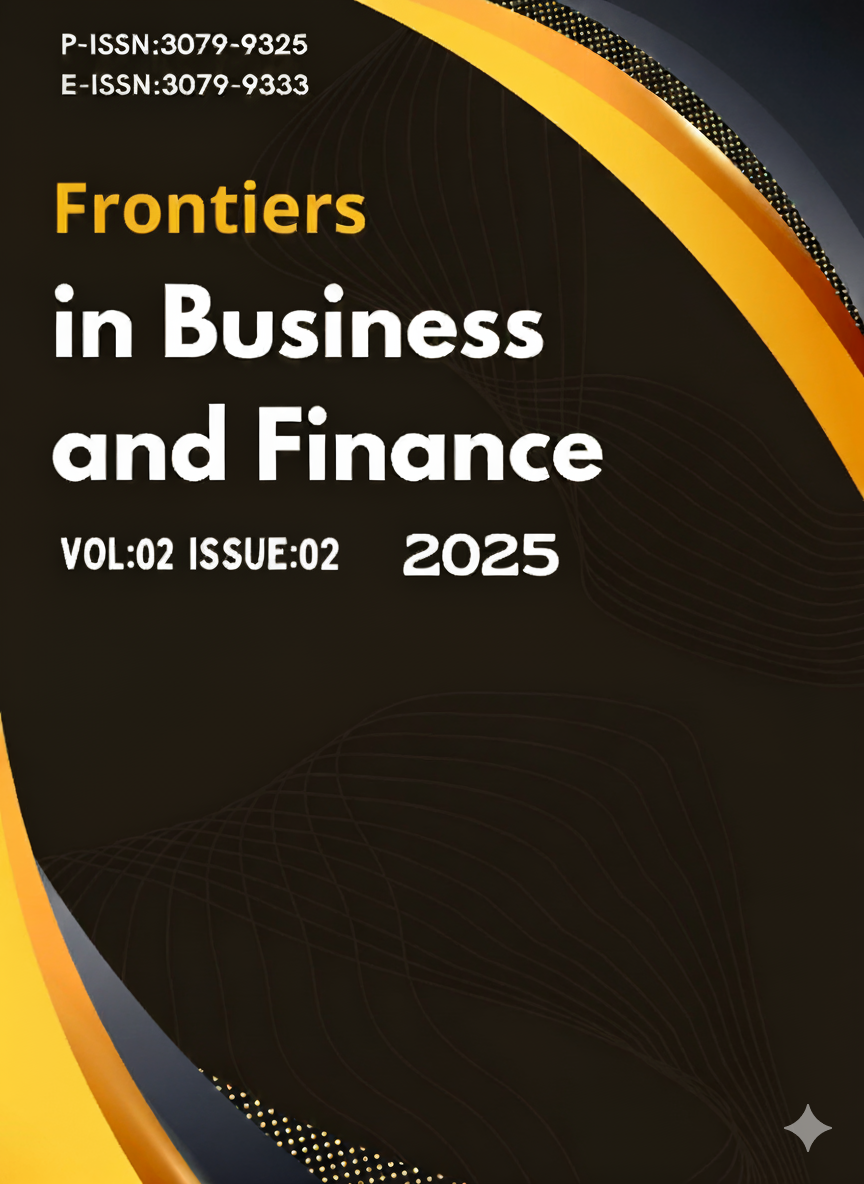Cointegration and Dynamic Interactions: A Study on Trade Openness and Economic Growth in China
DOI:
https://doi.org/10.71465/fbf365Keywords:
Trade Openness, Economic Growth, VAR Model, Cointegration Analysis, Impulse Response FunctionAbstract
This research examines the long-term equilibrium relationship between trade openness and China's economic growth, drawing on quarterly data spanning 2002 to 2021. The analysis applies a VAR framework alongside established econometric approaches—Johansen cointegration testing, Granger causality analysis, impulse response functions, and variance decomposition—to systematically assess dynamic interactions among GDP, export-import volumes, and exchange rate fluctuations. Findings empirically confirm three significant cointegration relationships, supporting a stable long-run equilibrium between trade expansion and economic development. The Granger causality tests identify mutual causality between GDP and exchange rate movements, alongside bidirectional effects between exports and the exchange rate. Meanwhile, a unidirectional causal link runs from exports to imports. Variance decomposition further reveals that both exports and imports increasingly account for economic variability over time, with imports demonstrating stronger explanatory power in the extended horizon. These results inform several policy recommendations focused on promoting export growth, refining industrial and trade configurations, and enhancing exchange rate risk frameworks to support sustained economic progress.
Downloads
Downloads
Published
Issue
Section
License
Copyright (c) 2025 Wanting Xu (Author)

This work is licensed under a Creative Commons Attribution-NonCommercial-NoDerivatives 4.0 International License.




